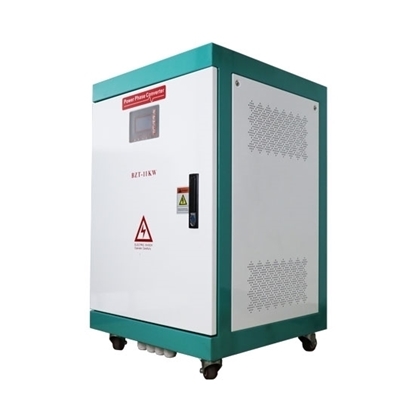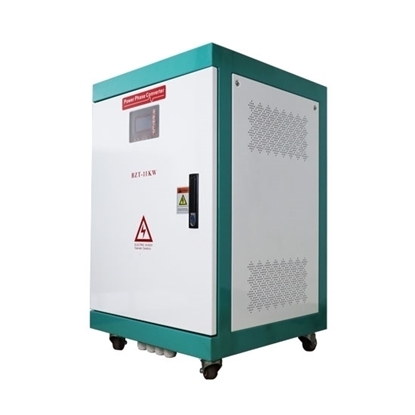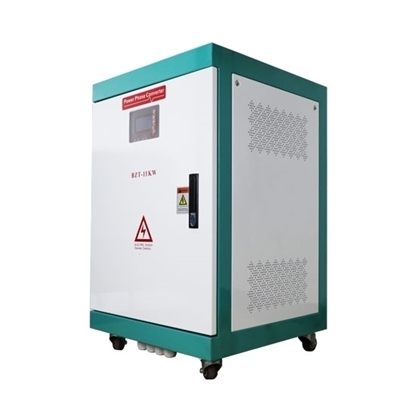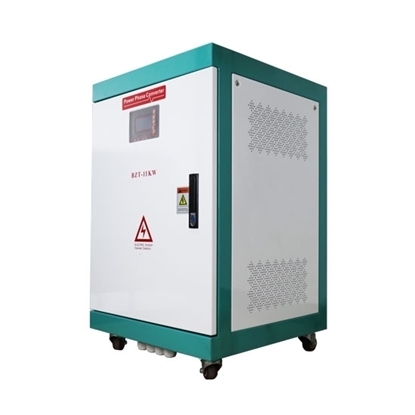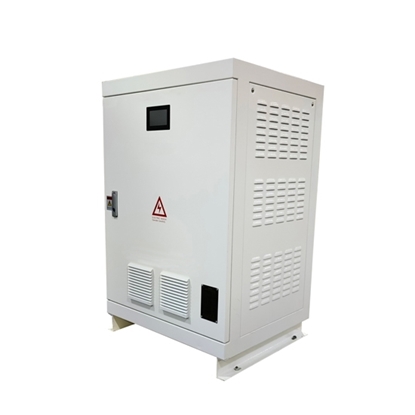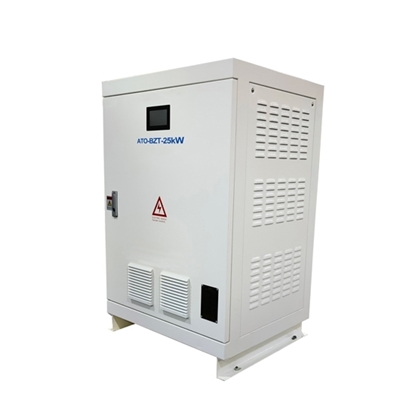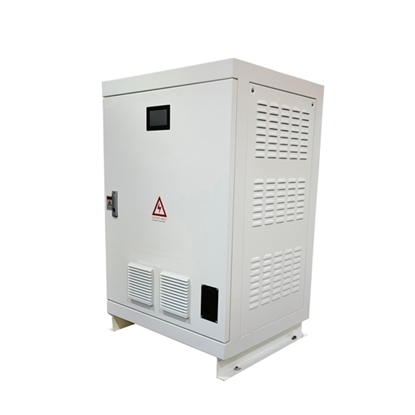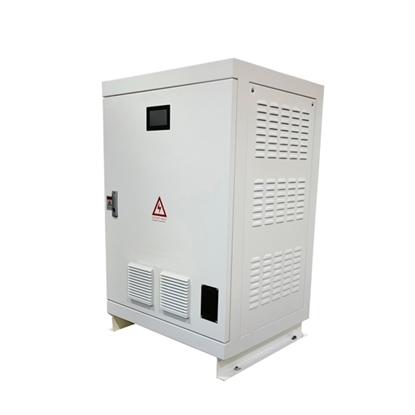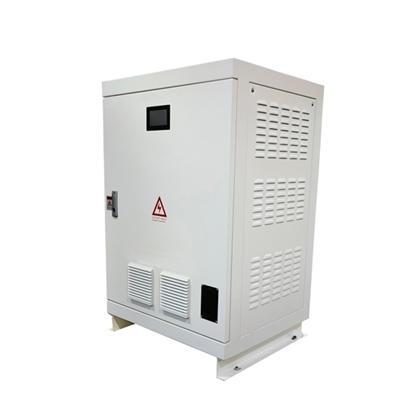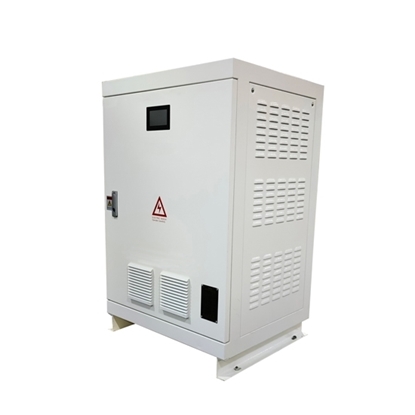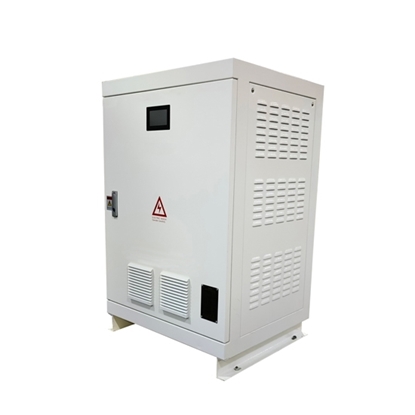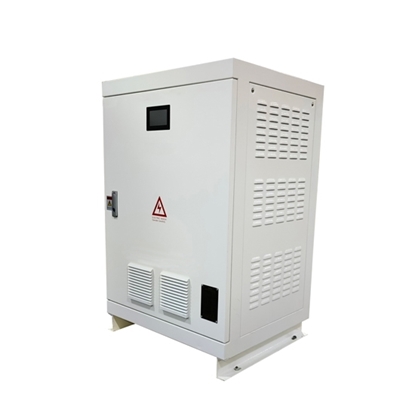Phase Converter
4 hp Single Phase to 3 Phase Converter
5 hp Single Phase to 3 Phase Converter
7.5 hp Single Phase to 3 Phase Converter
15 hp Single Phase to Three Phase Converter
20 hp Single Phase to Three Phase Converter
25 hp Single Phase to Three Phase Converter
30 hp Single Phase to Three Phase Converter
40 hp Single Phase to Three Phase Converter
50 hp Single Phase to Three Phase Converter
65 hp Single Phase to Three Phase Converter
80 hp Single Phase to Three Phase Converter
100 hp Single Phase to Three Phase Converter
135 hp Single Phase to Three Phase Converter
Single phase to three phase converter prices as listed on the website. 220V single phase to 3 phase converter for sale, ATO provide 5 hp, 7.5 hp, 10 hp, 15 hp, 20 hp, 40 hp, 65 hp, 80 hp to 135 hp phase converter, input voltage can choose 110V, 120V, 220V, 230V, 240V, 415V, 440V, 480, output voltage 220V, 380V, 400V, 415V, 440V or 480V, frequency 50Hz or 60Hz, other input voltage and output voltage can be customized.
How does a single phase to three phase converter work?
Single phase to three phase converter have two components, a voltage-sensitive relay and a standard capacitor connected to the motor application. The capacitor will delay the waveform during the start-up of the motor application. The relay will disconnect this start capacitor after the motor has started, and from this point, the motor will continue turning on the single-phase supply. Motors that operate on a static phase converter will produce about 50-60 percent of the nameplate power, so the motor performance is poor while using a static phase converter. The power can be increased by adding another run capacitor to this design. The start-up capacitor is used only to start the motor and then it is switched out completely. While the run capacitor is always in the circuit and it balances the voltages at one load rating.
4 Tips for buying a phase converter
- Make sure you have enough single phase power.
Here’s how to calculate how much single phase power you need: Take the amount of three phase amps of your load x 1.6 = amount of single phase amps. Then, take the amount of single phase amps x 1.2 = required single phase amps with 20% adder. The 20% adder is factored in as a cushion simply because most towns and cities require you have 20% above what your load is. - Understand your load.
Is it light, medium, or heavy? To give you an idea, a light load would be something like a drill press or table saw. A medium load would machines similar to CNC machines. A heavy load would be things like HVAC, air compressors, and refrigeration. - The size of your load.
Know the horsepower, amps, and kilowatts. Knowing this will help you find the best phase converter for you. As a rule of thumb, you want to go 2:1 (2 times the size of your load) to find the size phase converter you need. - Indoor or Outdoor?
Make sure you buy a phase converter that will stay protected in the environment it will be in. For example, if you do welding you will want to make sure your converter stays protected from metal shavings. Likewise, if you are a woodworker, sawdust. If you are a farmer, you want to make sure your equipment is protected in wind, snow, and rain.
How to install phase converter?
ATO phase converters are manufactured to the highest standards and utilize a unique microprocessor based controller to provide quality 3 phase output from your single phase utility supply. Make sure that your phase converter is not installed outside in the weather and is shaded from direct sun, which can increase internal temperature dramatically and lead to component failures or shortened operating life.
General installation notes on phase converters
- Always use a licensed and qualified electrician to install your ATO power converter. Do not make any changes while connected to power.
- While your converter does provide a true 3 phase output, there are a few 'tricks’ that you must understand before you connect your power converter. Therefore it is most important that you read the following installation information BEFORE powering up your equipment.
- Output of standard converters differs from 3 phase utility in that only the L3 phase is 240V when measured to Neutral or Earth. L1 and L2 are generated by the converter, while L3 is actually connected directly to the incoming supply.
- Approximate Neutral & Earth to Phase Voltages: L1=160V L2=360V L3=240V
- Phase converters are primarily designed for 3 phase loads and phase to phase voltages reflect this.
How to maintenance phase converter?
ATO converters require general maintenance anywhere from monthly to annually, depending on the model, usage and age of your converter. In all phase converter models, we recommend a quick and easy inspection and tune up. You've purchased your phase converter, properly installed it, and have it efficiently providing power to your equipment. Now what?
Vents: Ensure that all of the vents of the phase converter are clear from dust or dirt. This will allow air to flow through them without interruption to help keep your phase converter at a reasonable temperature.
Generator: Clean off any dust, dirt, or debris buildup on the generator. Allowing them to manifest can cause the generator to overheat.
Power and control components: Inspect the power and control components of your phase converter. If these vital components of your phase converter are not running well or aren't fully functional, contact our team of phase converter specialists. We'll look into the problem and assist you in finding a solution.
Wires: Check the wires for any loose connections or damage that may have been inflicted. If necessary, you may need to replace any wires with cuts or nicks in them, as this is potentially hazardous to your equipment.
If you want to learn more about phase converter, please watch the video below:
Phase converter vs. VFD: which to use?
Performing a voltage conversion will allow your business to take a single-phase system and convert it into a three-phase system. You can facilitate this conversion in one of two main ways — with a phase converter or with a variable frequency drive (VFD). While both options can help you achieve the same result, they each work differently and have distinct advantages and disadvantages. Let’s take a look at each type to help your business decide which one is best for your applications.
Phase converter

A phase converter facilitates the conversion by adding another leg to the two single-phase lines. It can rely on any of three main control methods:
- Static phase conversion: Static conversions work best with low-powered motors. With this method, the motor is not running at full efficiency. Instead, it’s mainly running on just two of the legs.
- Rotary phase conversion: A rotary phase converter works well with large machines that have heavy starting loads. This solution uses two motors and is made from a three-phase electric motor.
- Digital phase conversion: A digital phase converter provides excellent voltage balance between the phases. A digital signal processor (DSP) is able to produce the third-phase power.
Advantages
Phase converters require less wiring, making them easy to install. They can also be used to run multiple machines simultaneously. Other advantages of a phase converter include the generation of three-phase power as well as its ability to operate with resistive and inductive loads.
Disadvantages
A phase converter won’t deliver the same complicated settings that a VFD would or the same control over power distribution and regulation.
Variable Frequency Drive (VFD)

A VFD, also referred to as an adjustable-frequency drive, AC drive or variable-speed drive, allows variable speed control when it converts frequency. The VFD controls the torque and AC motor speed of a system. The control of this system takes place on a VFD interface, and it relies on an adjustable-speed drive, which can be a vector drive or sensorless vector.
Advantages
VFDs will help your business save energy. They also offer a precise control system with a motor speed controller. Other benefits include experiencing a performance improvement on everything from mixers to pumps.
Disadvantages
While you will get more control, a VFD does not work well for lighter loads or running more than one three-phase machine from one single line. Usually, just one connected machine is run at a time.

